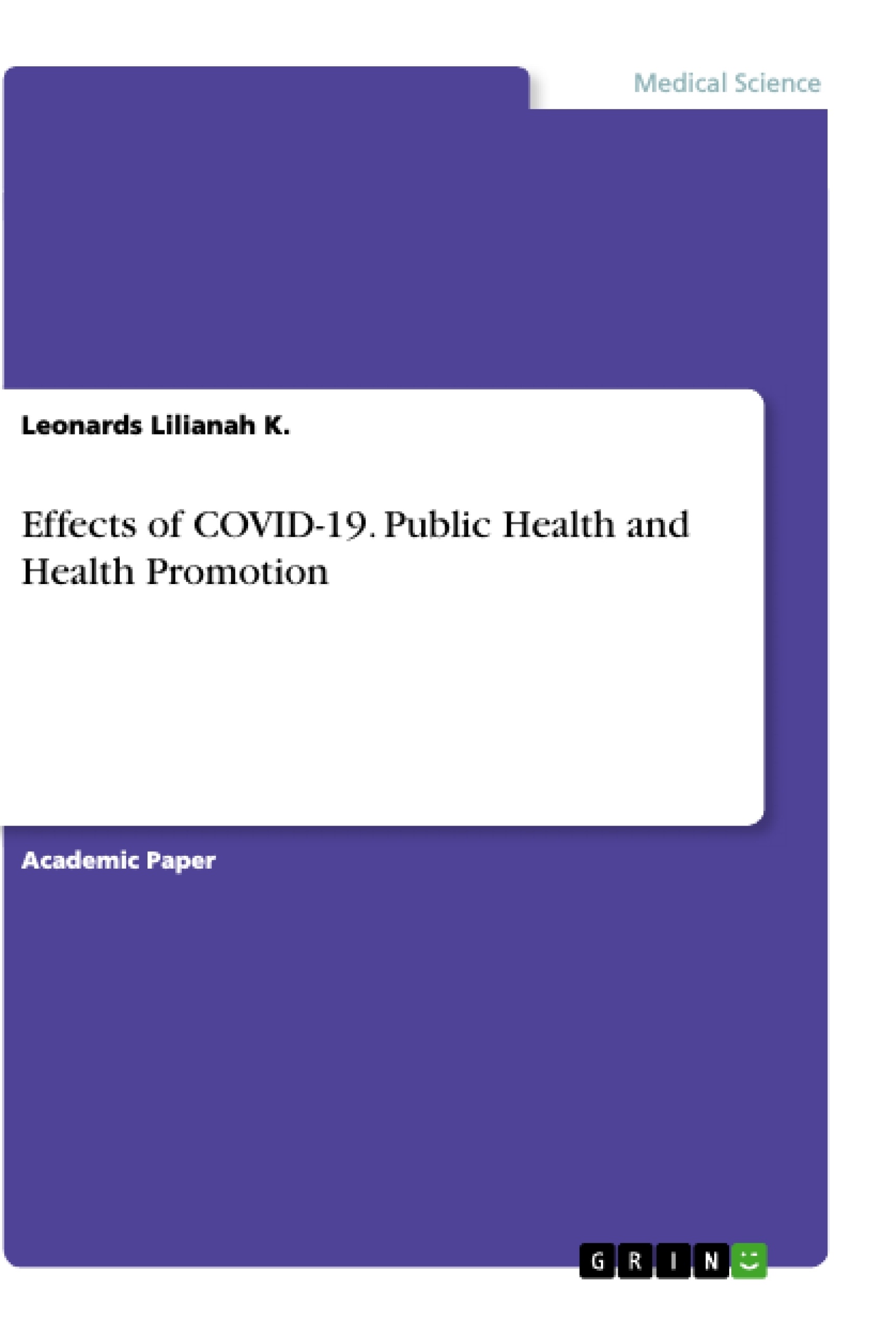The coronavirus disease (COVID-19) underscores the long-standing flaws of healthcare systems across the world. Since the initial outbreak in Wuhan China in late 2020, the COVID-19 pandemic continuous to subject healthcare systems to their limits. The pandemic has triggered a series of reactions across the world, with composite transnational implications. Yet, contingency policies at the national level have led to divergent outcomes, often with immense human and socioeconomic costs.
Some countries like New Zealand were quick to react to the pandemic, which has since proved effective in containing COVID-19 transmission. However, indecisiveness, policy errors, and discordance have adversely strained healthcare resources in other nations like the United Kingdom. The sheer scale of the COVID-19 crisis constitutes an imperative precedent for evaluating potential opportunities to improve population health. Lessons from the COVID-19 pandemic offers exclusive insights and opportunities to strengthen public health infrastructures, cope with a future health crisis, and other global health issues.
Inhaltsverzeichnis (Table of Contents)
- Public Health and Health Promotion
- Global Health Trends and Governance
- International Health Regulations
- National Level Responses
- Patterns of Incidence Management in the U.K. and New Zealand
- The U.K. Response Strategy
- New Zealand's Response Strategy
- Comparative Analysis of U.K. and New Zealand Strategies
Zielsetzung und Themenschwerpunkte (Objectives and Key Themes)
This text examines the global response to the COVID-19 pandemic, focusing on the challenges and successes of different countries in managing the crisis. The analysis delves into the interplay of public health, economic considerations, and political factors in shaping national strategies.
- The impact of COVID-19 on global health systems and governance
- The role of the World Health Organisation (WHO) in coordinating international responses
- The effectiveness of different pandemic management strategies, particularly comparing the UK and New Zealand
- The influence of political and economic considerations on public health decisions
- The importance of data-driven policymaking and scientific expertise in pandemic management
Zusammenfassung der Kapitel (Chapter Summaries)
The text begins by exploring the impact of the COVID-19 pandemic on healthcare systems and governance around the world. It highlights the challenges posed by the pandemic to existing public health infrastructures and the need for improved global coordination.
The text then examines the global governance response to the COVID-19 pandemic, focusing on the role of the World Health Organisation (WHO) and the International Health Regulations (IHRs). It analyzes the effectiveness of the IHRs in managing recent pandemics and the challenges faced by the WHO in coordinating a global response to COVID-19.
The text then delves into a comparative analysis of the pandemic management strategies employed by the United Kingdom (UK) and New Zealand. It examines the reasons behind the UK's relatively poor performance compared to New Zealand, highlighting factors such as governance weaknesses, inadequate data-driven policy actions, and a lack of strong leadership.
The text concludes by outlining New Zealand's successful approach to managing the COVID-19 pandemic, emphasizing the importance of swift and decisive actions, proactive border control, and a focus on public health. It also explores the reasons behind the UK's failures, including overconfidence in the NHS and political considerations.
Schlüsselwörter (Keywords)
The text focuses on key concepts such as global health governance, pandemic management strategies, public health policy, COVID-19 response, international health regulations, data-driven policymaking, leadership, and the impact of the pandemic on healthcare systems and socioeconomic factors.
- Citar trabajo
- Leonards Lilianah K. (Autor), 2021, Effects of COVID-19. Public Health and Health Promotion, Múnich, GRIN Verlag, https://www.grin.com/document/1040651



